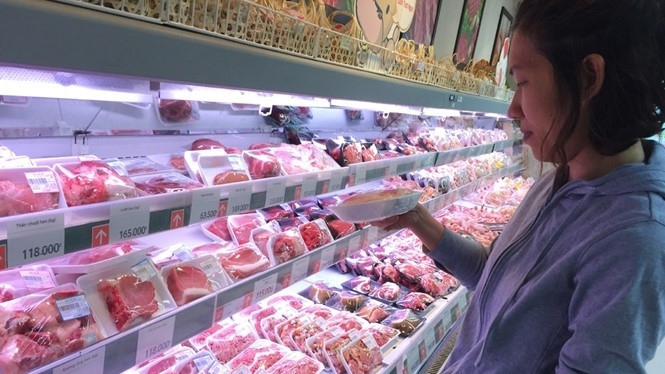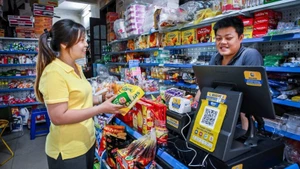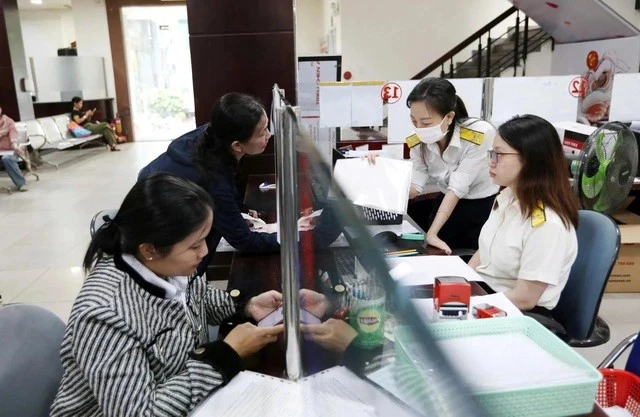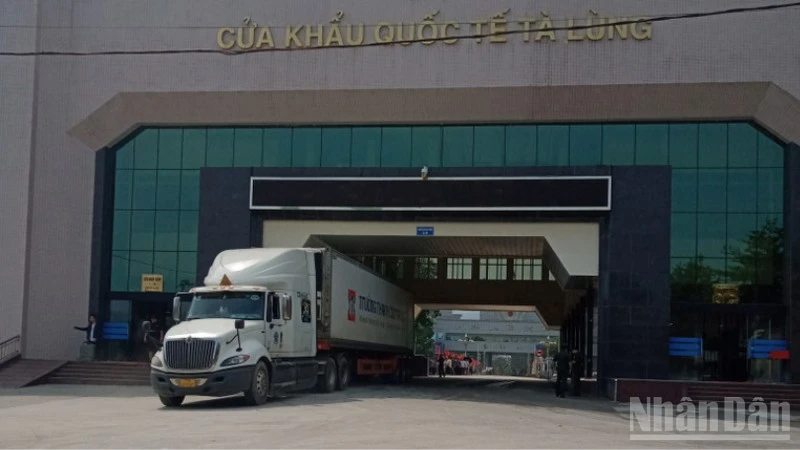The MARD’s Department of Animal Health said Vietnam has thus far exported a limited volume of suckling pigs and piglets to just Hong Kong (China) and Malaysia through official channels, while products processed from pork have been shipped to the United States, Australia and Macau (China), among others.
In general, the amount of pork for export is still too small in relation to the country’s total hog production, which is expected to reach 3.87 million tonnes in 2021. On the other hand, some markets in other countries have a large demand for importing Vietnamese pork, but so far Vietnam has yet to meet the requirements set by the partners.
According to husbandry experts, the reason for the aforementioned situation is that the pig farming industry has just done well in the stage of organising production, while the processing and market stages are still unclear. There have not been many safe quarantine areas in accordance with the regulations of the World Organisation for Animal Health (OIE) in Vietnam. Meanwhile, shortcomings remain in the slaughtering process and food hygiene and safety conditions. Currently, there are only more than 1,300 concentrated cattle and poultry slaughterhouses, many of which have not developed the cool storage, filtration, freezing system nor frozen storage warehouses. Not to mention that only about 20% of the total 24,655 small-scale slaughterhouses in the country have been put under control, while some localities do not have veterinarians to control slaughtering activities at concentrated animal slaughterhouses.
In the coming time, in order to step up the exports of pork to other markets in line with the OIE’s regulations, it is necessary to reorganise production within the pig farming industry, develop pork into a national product, and continue the control of diseases, especially African swine fever. In addition, support should be offered to encourage investment in developing husbandry following the value chain with national identification codes and product traceability, alongside the building of large-scale pig farming complexes and applying high technology regarding the enterprises playing a central role in the connection with cooperatives and farming households producing and consuming products. It is also essential to promote circular production while ensuring biosafety and disease safety.
Businesses with great resources should produce pork in a closed chain, featuring all stages of feed and piglet production, pig farming for meat, the slaughter and filtration lines, and the systems of cool storage, frozen storage and warehouses, without residues of chemicals such as antibiotics, plant protection drugs, and heavy metals, at the request of the importing countries. At the same time, trade promotion needs to be accelerated in foreign countries at the ministry and business levels to advertise Vietnamese pork products. The work of market assessment and forecast should be enhanced in association with production development. Meanwhile, the pig industry needs to develop and use crossbreeding formulas suitable for each production region, farming method and market segment to ensure a large enough volume of products and uniformity in terms of quality to serve exports.
By 2025, Vietnam is expected to have 10-12 major linked production chains, creating a lot of clean, high-quality meat to meet the requirements of importing countries. Accelerating exports will work to balance the pork supply and demand, thus generating more benefits for enterprises and farmers, contributing to the sustainable development of Vietnam’s husbandry sector.
















